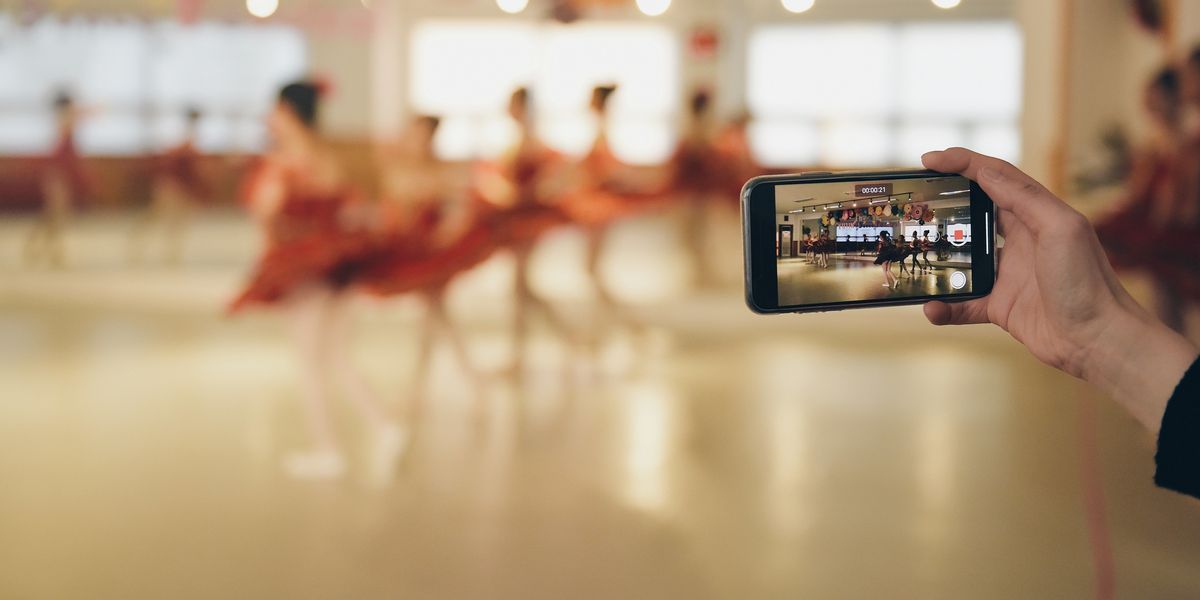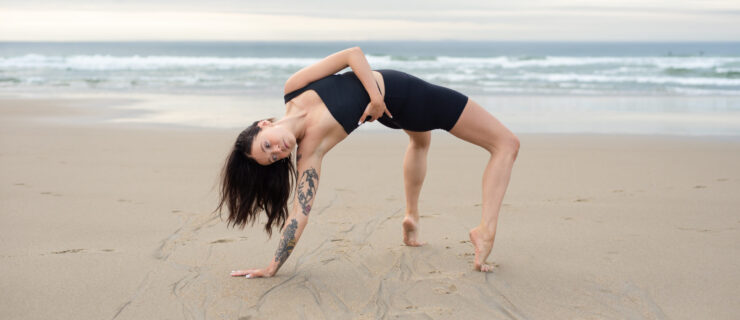Op-Ed: We Need to Set Some Boundaries on Class Videos
A few weeks ago, a friend of mine attended a professional contemporary class one morning, and later that evening perused Facebook to find that the teacher had shared a video of her dancing a phrase from class. A successful and professional working dancer, she was horrified to see a video of herself online that she had never given permission to be used, or even been approached about.
Naturally, being a self-critical dancer, she was not completely satisfied with her execution of the phrase. She was upset that it was on Facebook for the world to see, with her name attached to it. The teacher/choreographer had not only shared the video but also tagged everyone dancing in it.
The teacher had probably meant it as a compliment, but they missed a crucial step: asking for her consent.
In my experience with social media, if a photo or video of me is shared and I dislike the way I look, I’ve always told myself to not be that person who is obsessed with looking good. It’s hard to accept sometimes, but that’s life isn’t it?
This approach is fine in day-to-day life, but as a dancer—when the topic of career and profession is involved—some boundaries need to be put in place.
As my friend pointed out, “Imagine if a choreographer was thinking about hiring me for a job, and then a video of me in class happens to pop up, and it was a bad dancing day for me, and the choreographer makes their decision based on that.”
Life is vulnerable and challenging enough as it is as a dancer without our bad days being shared to the world with no permission asked of us.

We should be able to go to class and dance awfully sometimes. Our practice should involve going wrong, doing a phrase not so well 10 times or more before we “nail it.” Being pressured to execute movement perfectly the first time in class interrupts the process of learning and growing.
It isn’t said out loud, but the moment that camera comes out, the energy in the room shifts, awareness of performance and the desire to impress is heightened. Half the time, being filmed so quickly creates a subtle tension and, ironically, leads to a less authentic execution of the phrase.
My love for the contemporary dance practice has always been connected to it being a practice, not a constant picture-perfect moment. I feel the contemporary dance world is slowly shifting to focusing immediately on achieving performance standard, rather than the repetition of doing things wrong before they get oh so right.
I’m not suggesting that teachers are being intentionally malicious by sharing class footage, but they need to do it intelligently: ask permission, save it for company class instead of open class. Even then, give dancers time with the material before you put the pressure on.
It’s a tough world out there, and everyone—including teachers—wants to appear to be constantly working, constantly succeeding, constantly in demand. But they need to think about what they are doing when they get that phone out to sell themselves.
You may call ‘snowflake’ on the whole affair but dancers are human beings with rights. Let’s end this whimsical interruption to a dancer’s right to pay for class to train for themselves and only themselves—without it ending up all over Facebook.




